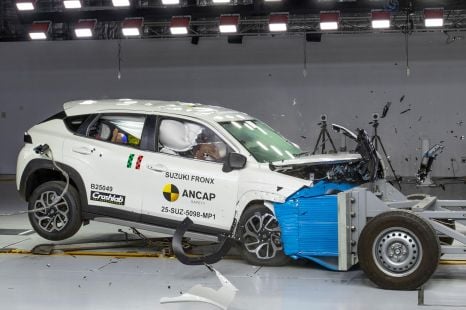

Damion Smy
Suzuki Fronx scores one-star ANCAP rating after seatbelt failure
3 Hours Ago
Budget challenger brands MG, Haval, LDV, SsangYong, and Great Wall are among the small group of car makers to grow their Australian sales during a troubled 2020.

Senior Contributor
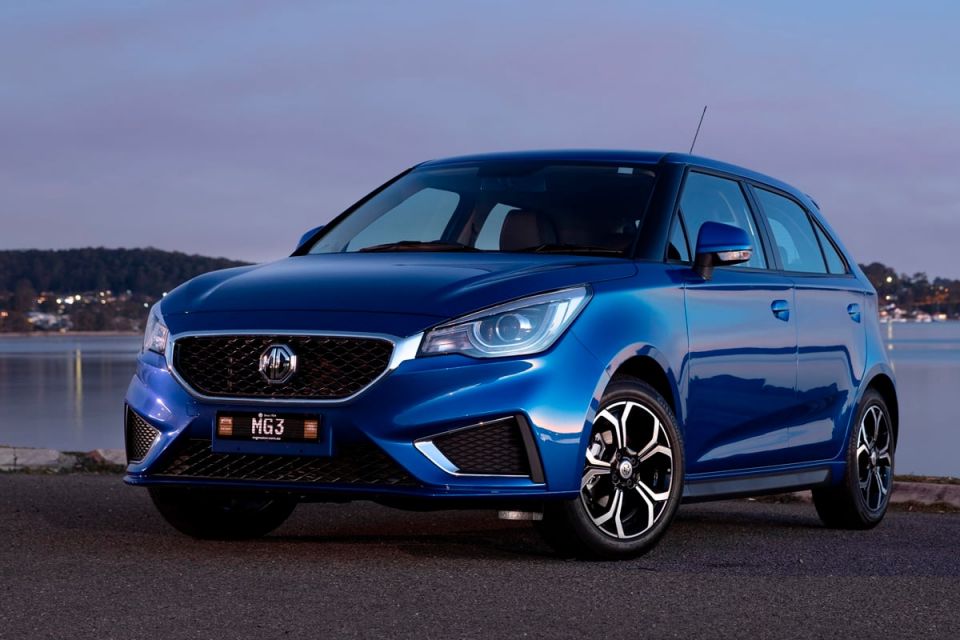

Senior Contributor
The drop in new car sales across Australia has accelerated during COVID-19 – down 20.5 per cent to the end of September – though more broadly the market has been in uninterrupted decline for 30 successive months.
Yet despite these headwinds, we see a few brands growing their sales and market share. Reflecting wider economic issues perhaps, most of these outliers are relatively low profile and counter their lack of general buyer awareness with cheap prices.
By far the best performer of 2020 in terms of growth is China’s MG, which has tapped into the legacy of its British badge and engaged in marketing campaigns to tempt people away from the likes of Hyundai, a brand once known for its bargain pricing and low profile.
But we’ve also seen gains from fellow Chinese marques Haval, LDV, and Great Wall. The other budget brand to defy the market this year is the recently re-introduced SsangYong, otherwise known as Korea’s other car manufacturer that gets little of the kudos.
Note: Because talking about percentage growth figures weights results in favour of brands coming off the lowest base, we’ve instead sorted the brands by their gross volume gains in 2020 compared to the same 2019 period, descending.
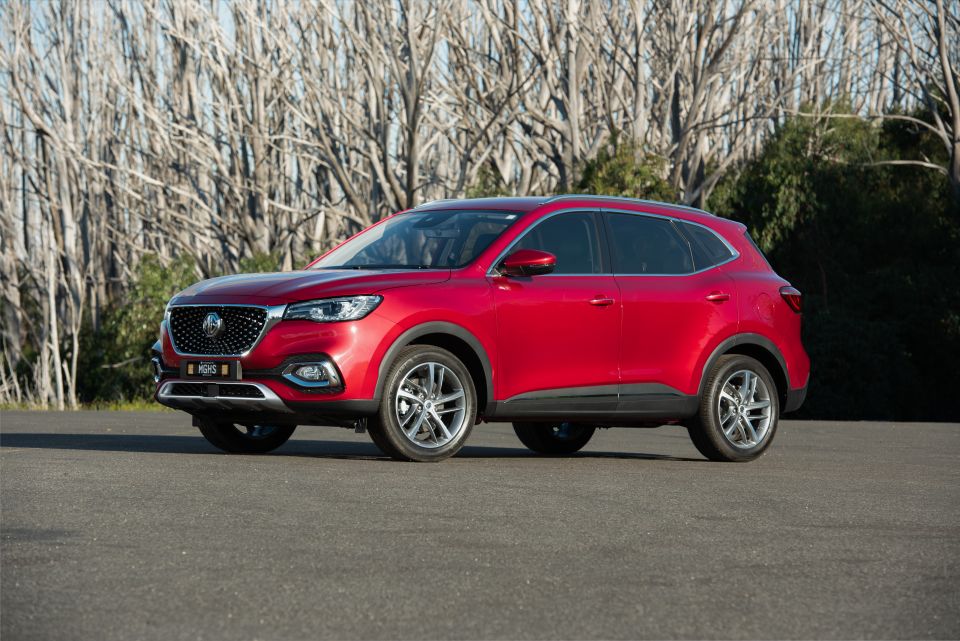
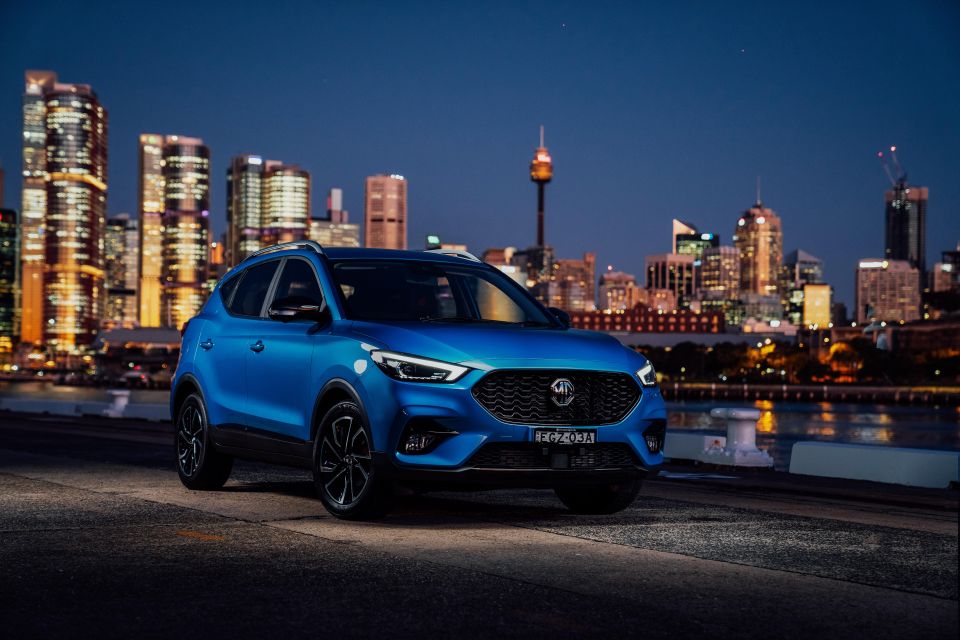
Sales to end of September 2020: 9628. Up 61.1 per cent or 3653 units over the same period during 2019.
With a factory distributor overseeing dealers, a seven-year warranty, and a marketing budget that’s let it build, SAIC Motor’s MG brand is in some ways the story of 2020.
For one thing, its top-selling MG 3 (pictured atop the story) has found a smidgen fewer than 5000 buyers in the Light Car segment, which it now leads with 19 per cent market share. This puts it ahead of better-known competitors such as the Toyota Yaris, Mazda 2, Suzuki Swift, Kia Rio, and Volkswagen Polo.
The recipe for success seems simple: it has no ANCAP crash rating and nor does it offer much in the way of state-of-the-art active safety tech, but it does have a decent centre touchscreen, contemporary looks, that long warranty, and cheap drive-away pricing that betters many rivals by thousands. As an alternative to a used car, it’s finding fans.
Ditto the MG ZS and newly-launched ZST, which has found 2817 buyers this year – more than the Hyundai Venue, for context – to nab a 4.2 per cent share of the Small SUV segment.
As for the new MG HS, a tech leader for the company, it has already found 1863 buyers to date and eclipsed the popularity of rivals such as the Renault Koleos, Skoda Karoq, and Peugeot 3008 over its brief life.
Moving forward, MG has already confirmed it’ll launch a plug-in hybrid HS next year, and the MG eZS electric SUV is available for order.
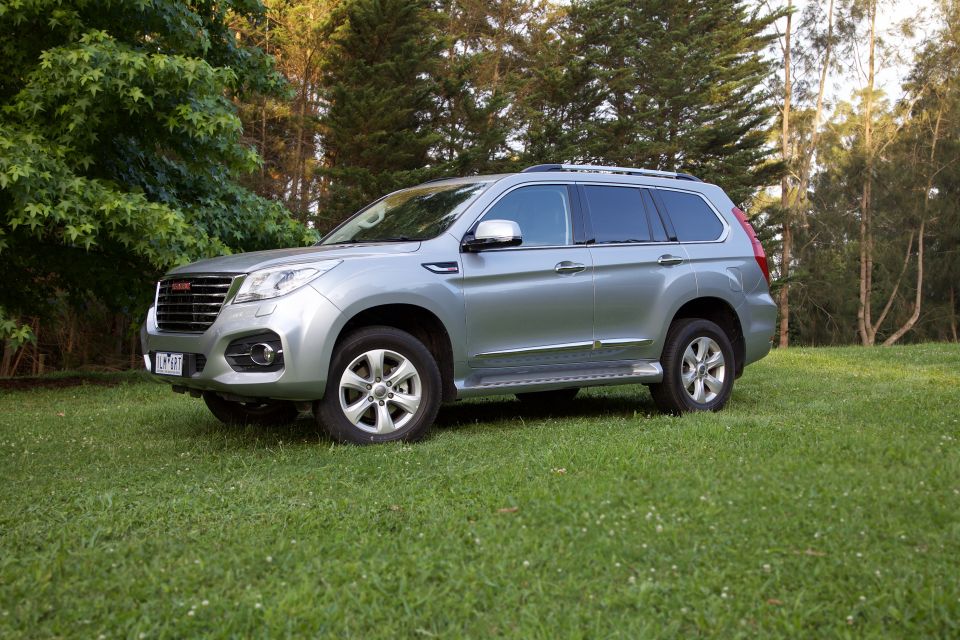

Sales to end of September 2020: 2209. Up 90.3 per cent or 1048 units over the same period during 2019.
Another aspirational Chinese brand with a factory distributor, and a seven-year warranty. It’s almost like there’s a template…
The Haval H2 small SUV is the driver of the company’s growth after a few sluggish years to start its Australian existence. The company has sold 1376 of them this year, up 122.7 per cent. For context, its 2.1 per cent share is triple that of the Jeep Compass and four-times that of the Renault Kadjar and Suzuki S-Cross.
Meantime Haval’s H6 mid-sized SUV has found 593 buyers this year, only enough for a 0.6 per cent market share. On the other hand, this sales figure represents 88.3 per cent growth on 2019’s sales figure for the car.
The final piece in the Haval puzzle for now is the H9 flagship, a frame-based large 4×4 loaded with luxury features but held back by a small petrol engine and lack of badge credibility. It’s still added 240 sales to the tally this year though.
The key for Haval to maintain the rage is to source new product. Many of the vehicles the brand sells in China do not come as right-hand drive, but if new wares such as the latest-generation H6 get the RHD treatment, we may have another MG-type story of market penetration.
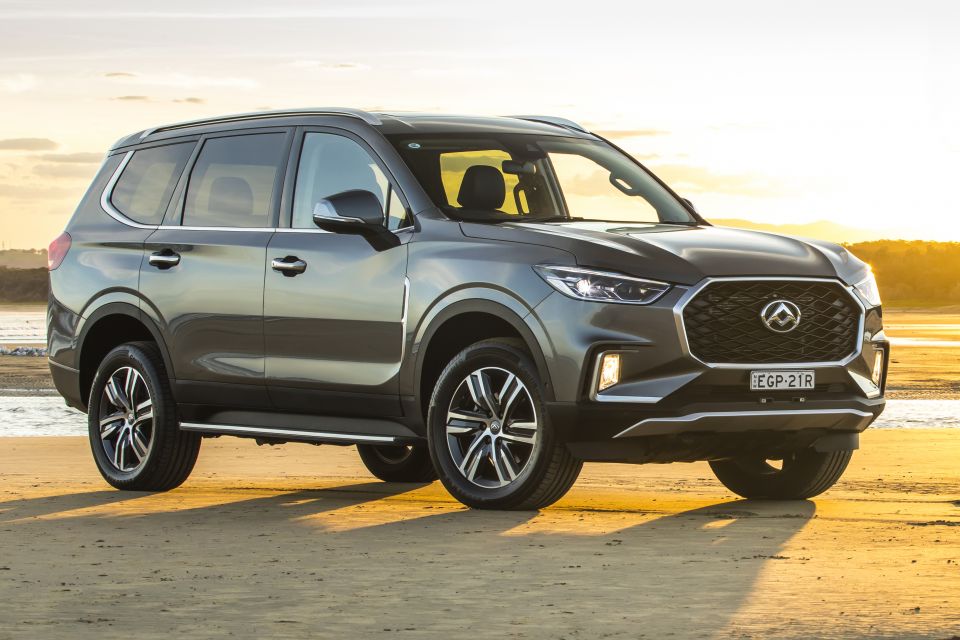

Sales to end of September 2020: 5449. Up 11.7 per cent or 570 units over the same period during 2019.
LDV is a subsidiary of the same SAIC Motor parent as MG, but is distributed into Australia through independent importer Ateco under factory license.
Its sales boomed in 2019, but the growth has continued into 2020, albeit in tempered form.
Most of this is down to the T60 4×4 ute, which has found 3258 sales this year to be up 23 per cent, and given it a decent 3 per cent share of the 4×4 ute market as a whole. For context, the Mazda BT-50 and Volkswagen Amarok have shares of 5 per cent apiece.
The LDV D90 large SUV has also picked up thanks to the addition of diesel power, finding 408 buyers. The G10 van has found 920 buyers and the G10 bargain-basement people-mover derivative has found 509 buyers – more than the Hyundai iMax, Volkswagen Multivan, and Toyota Granvia.
This month, the company will launch the Deliver 9 large van – presumably to replace the aged V80 – which should pinch some volume from the Renault Master and Ford Transit. Into 2021, we’re expecting a new T60 to lob.
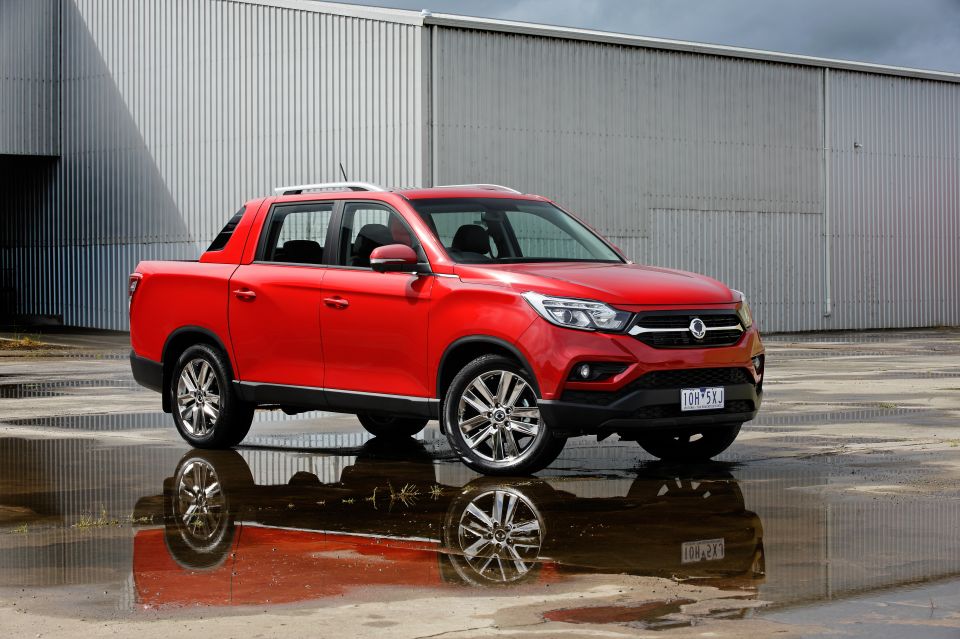
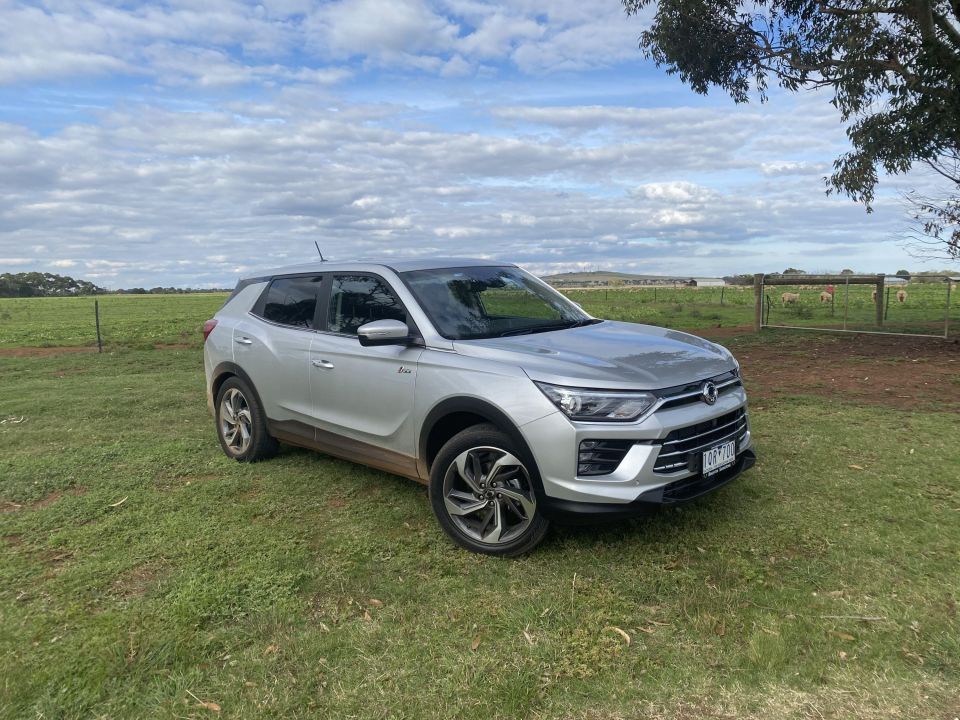
Sales to end of September 2020: 1074. Up 111 per cent or 565 units over the same period during 2019.
In its second year back on the market – and first stint under a factory distributor instead of independents Ateco and Sime Darby – SsangYong is growing. Like MG and Haval, it’s doing so with a seven-year warranty and budget prices.
Its hero model is the Musso ute, available in two lengths. This refined, well-equipped with key active safety functions, and genuinely strange-looking beast has found 640 buyers this year.
Meantime the Rexton large SUV that shares the Musso’s platform has found 196 buyers, though in my experience behind the wheel deserves to do better on account of its decent diesel and surprisingly lovely interior.
The Korando medium SUV has found 146 sales, while the Tivoli small SUV has only managed 92 – though a significant update for the model in 2021 with a much more modern cabin and an expected new turbo engine should nudge it along.
The main issue for SsangYong seems to be funding, with its Indian parent Mahindra & Mahindra announcing funding cuts.
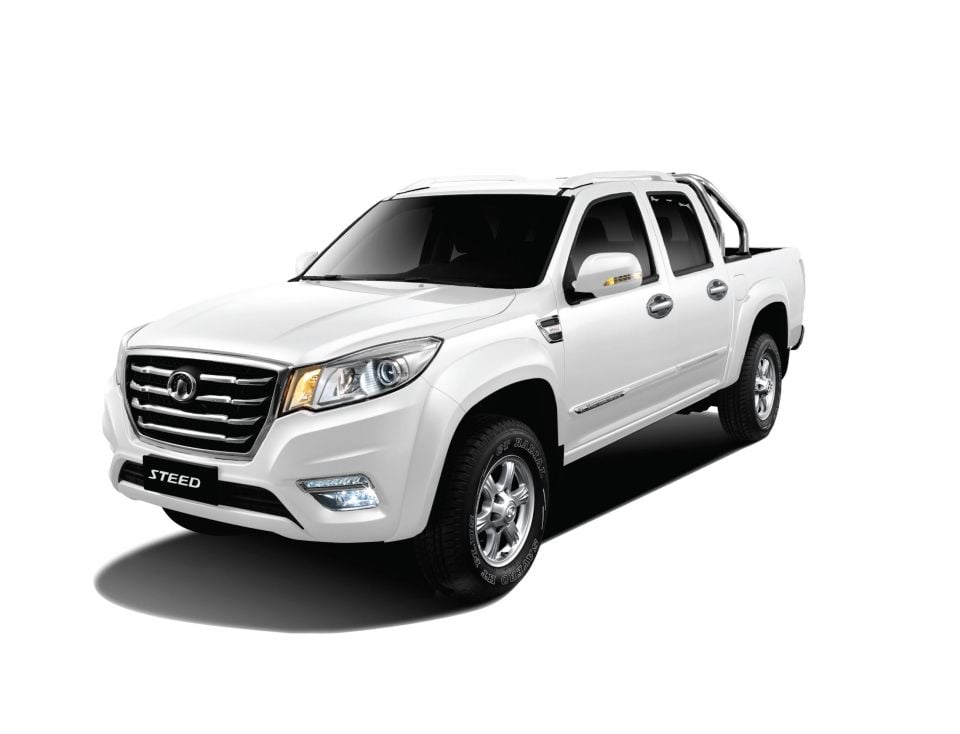
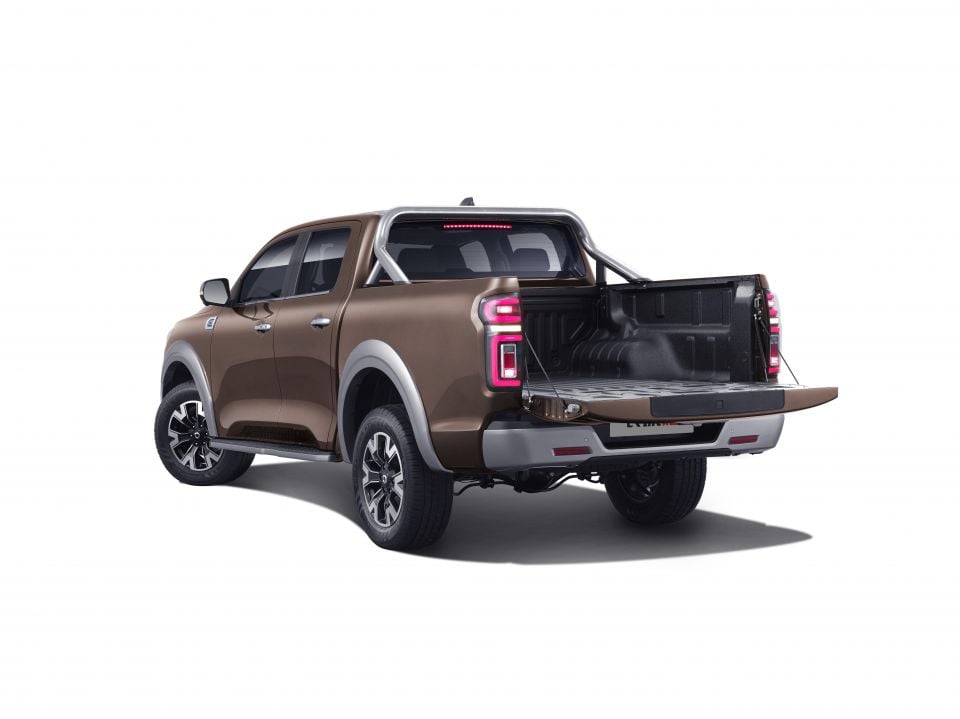
Sales to end of September 2020: 1358. Up 29.5 per cent or 309 units over the same period during 2019.
Haval’s sister brand has been around in Australia for quite a while, and even made a serious crack at volume in the early 2010s under a private distributor before rather spectacularly coming back to earth.
It’s been a grind in its reborn Australian incarnation, nevertheless it has grown its sales during 2020 by 29.5 per cent, equal to 309 more units.
It only has one model: the aged, outclassed, but thoroughly cheap Steed ute. The 4×2 versions in single-cab-chassis and dual-cab ute forms have found 916 buyers this year (4.9 per cent market share), and the 4x4s have managed 442 (0.4 per cent share).
But this will clearly pick up when GWM launches a brand new ute into Australia to tackle to LDV T60 and SsangYong Musso, plus the likes of Mitsubishi’s Triton and Nissan’s Navara, as soon as early 2021.
| Brand | Sales | Change +/- |
|---|---|---|
| Toyota | 138,622 | -10.3% |
| Mazda | 60,574 | -23.4% |
| Hyundai | 45,219 | -32.0% |
| Mitsubishi | 41,957 | -35.0% |
| Ford | 40,938 | -15.8% |
| Kia | 40,696 | -12.2% |
| Volkswagen | 29,583 | -21.5% |
| Nissan | 26,567 | -30.7% |
| Subaru | 21,994 | -28.4% |
| Honda | 21,877 | -36.1% |
| Mercedes-Benz Cars | 21,379 | -9.6% |
| BMW | 17,012 | -6.7% |
| Holden | 16,292 | -52.4% |
| Isuzu Ute | 13,646 | -26.3% |
| Suzuki | 11,055 | -15.1% |
| Audi | 10,832 | -0.8% |
| MG | 9628 | 61.1% |
| Lexus | 5987 | -15.8% |
| LDV | 5449 | 11.7% |
| Volvo Car | 5291 | -8.5% |
| Mercedes-Benz Vans | 5015 | 5.4% |
| Land Rover | 4632 | -34.1% |
| Skoda | 4534 | -13.7% |
| Renault | 4322 | -27.3% |
| Jeep | 3791 | -13.2% |
| Porsche | 3087 | -7.9% |
| Ram | 2538 | 29.5% |
| Mini | 2219 | -11.1% |
| Haval | 2209 | 90.3% |
| Peugeot | 1555 | -13.9% |
| Great Wall | 1358 | 29.5% |
| SsangYong | 1074 | 111.0% |
| Jaguar | 1072 | -41.1% |
| Fiat | 1048 | -51.0% |
| Alfa Romeo | 551 | -15.1% |
| Maserati | 367 | -0.8% |
MORE: Check our our archive of VFACTS and industry sales content
If you have any questions – perhaps you want to know how your car did – ask in the comments and a member of the CarExpert team will respond.


Damion Smy
3 Hours Ago
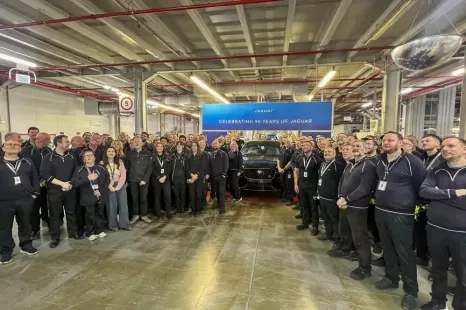

Damion Smy
7 Hours Ago
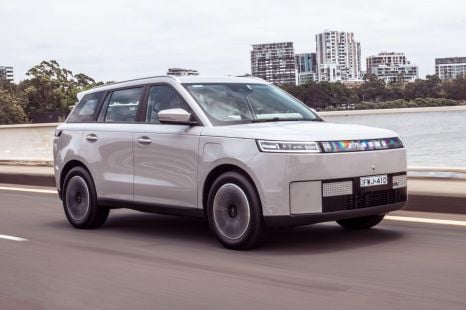

Josh Nevett
9 Hours Ago


Josh Nevett
9 Hours Ago
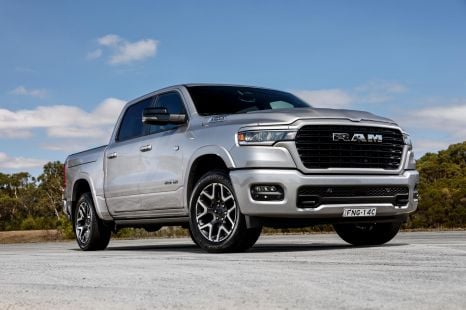

Damion Smy
9 Hours Ago
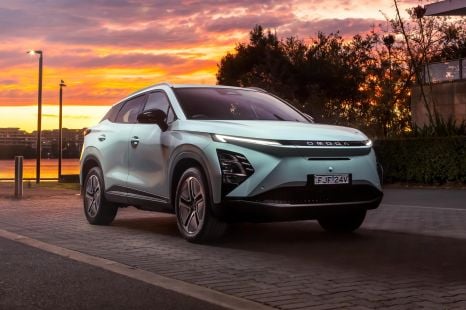

CarExpert.com.au
10 Hours Ago